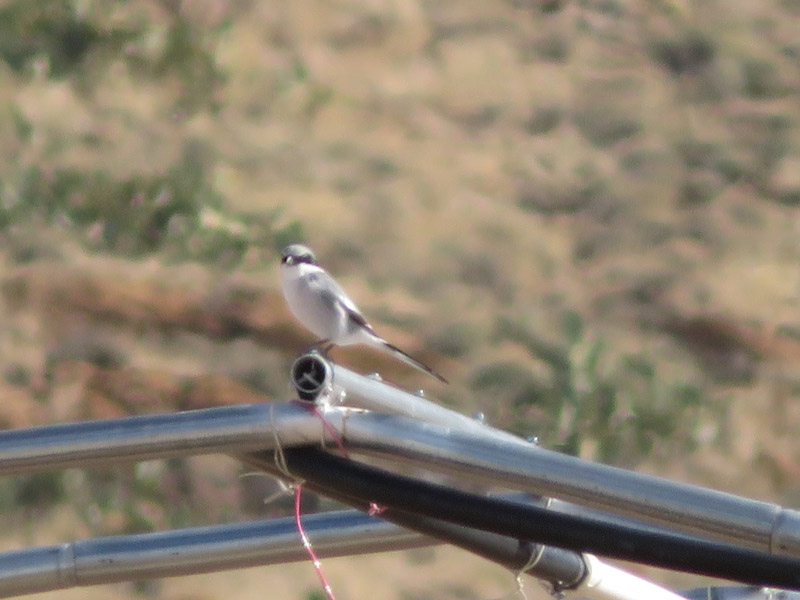Macro Photography in Bosque del Apache Desert Arboretum
/The Bosque del Apache National Wildlife Refuge’s Desert Arboretum is near the visitor center…and was the location of our first formal activity of the Festival of the Cranes last week: macro photography.
I started out with my bridge camera (Canon Powershot SX70 HS) and a tripod. I learned very quickly that the tripod was too heavy and unwieldy for me. I struggled to get myself positioned without stepping into the beds to get close enough to the plants. The macro lens that I’d added to the camera did not work well enough for me either, so I reverted to hand held and using the zoom from just far enough away to allow the camera to focus. I photographed cactus spines, screwbean mesquite…white crowned sparrows.
I had the best results with my phone (iPhone 15 Pro Max). Cactus fruits and spines dominated but I also managed to photograph some creosote bush seed pods and some bark. I challenged myself to pay closer attention to focus and background along with overall composition.
The session would have been more enjoyable had a opted to bring my collapsible stool so I would not have been standing the whole time (my back was painful by the end)….a lesson learned that I will (hopefully) remember for next time.
Previous Festival of the Cranes posts













































































